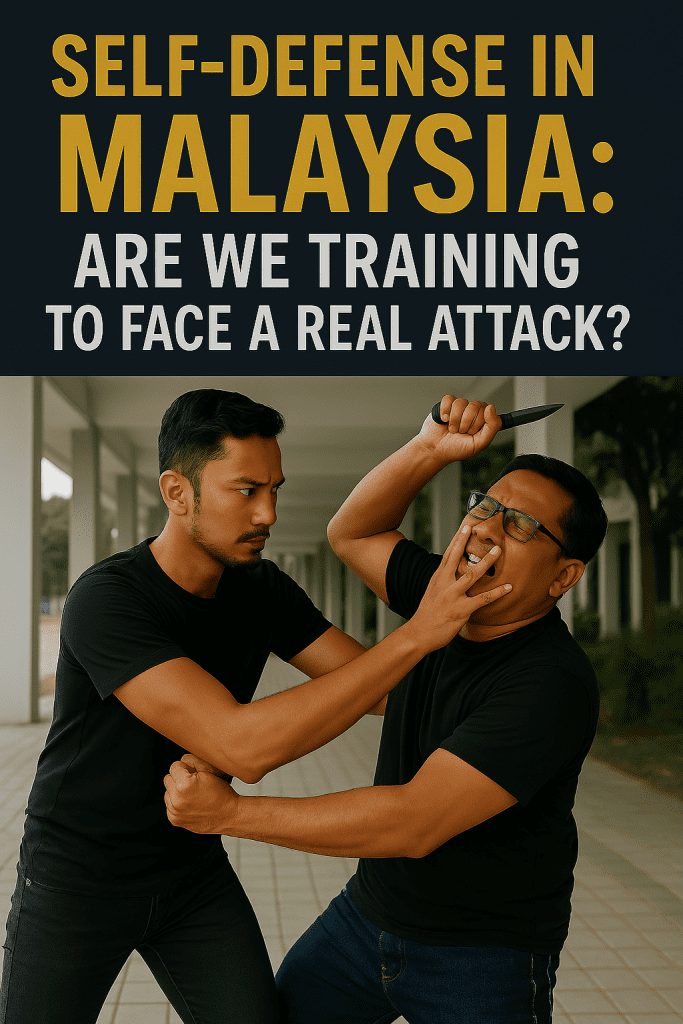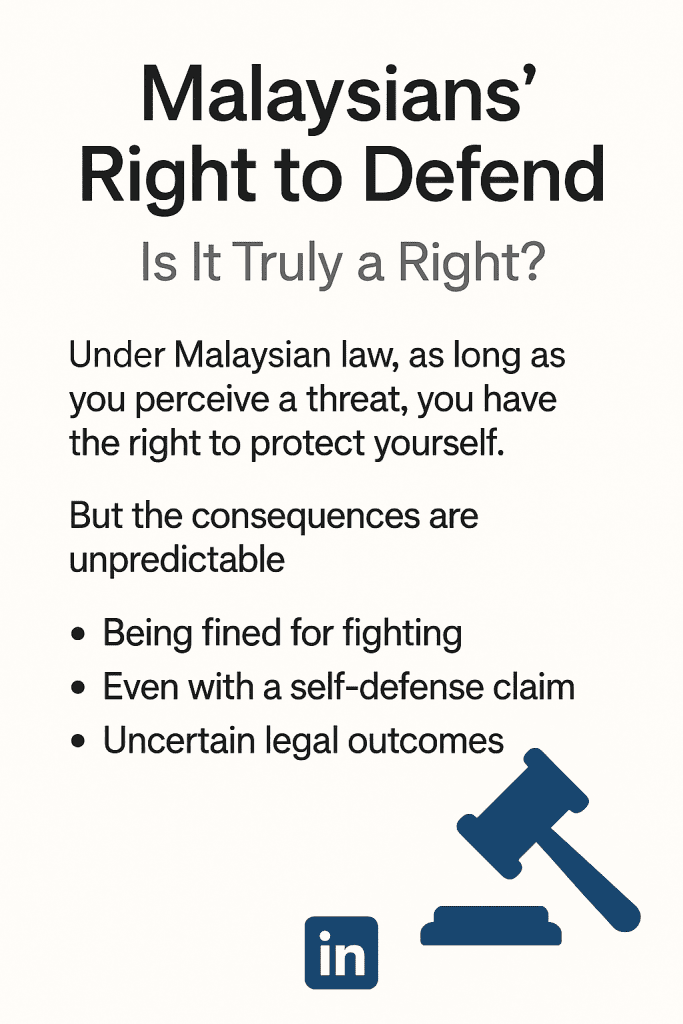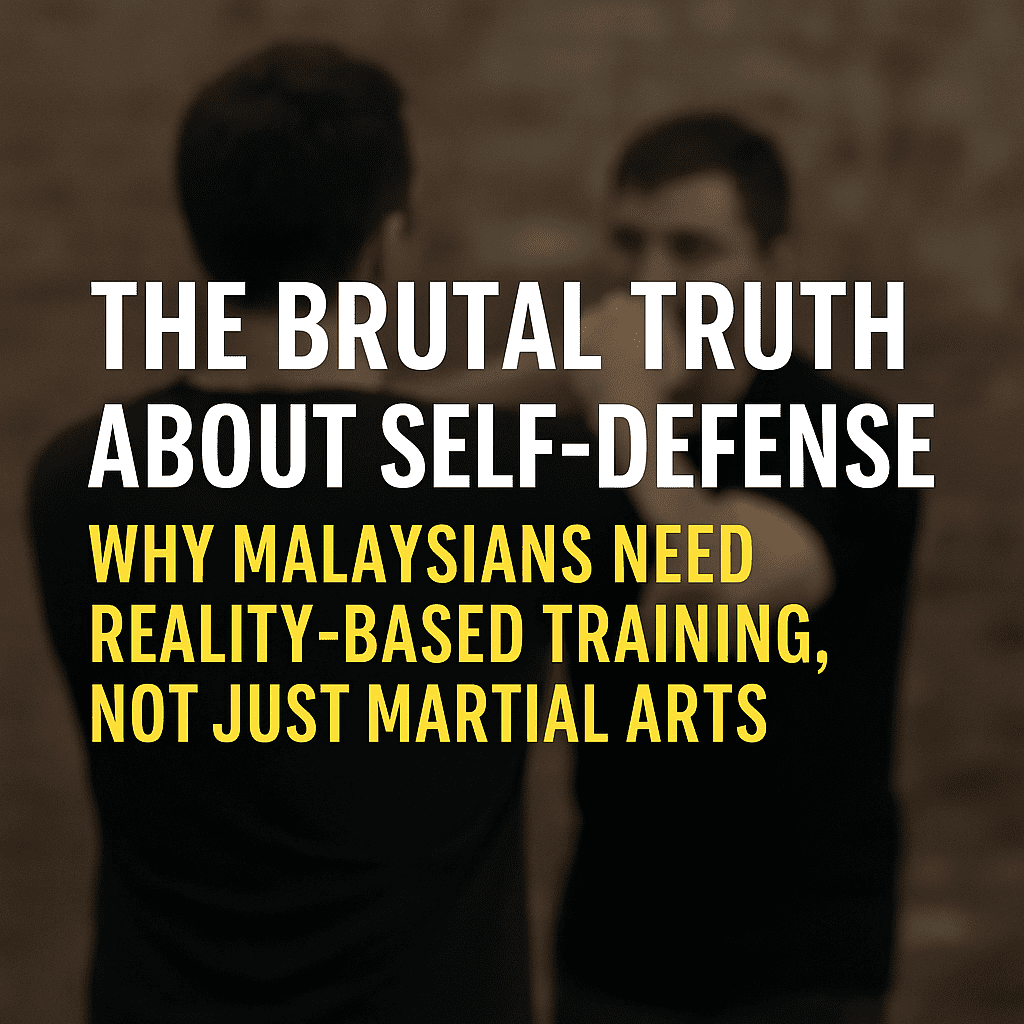They Dragged me to the toilet and punched me – This is why i teach now

I was a victim of bullying when I was still a young teenager. There were times I was dragged into the toilet by students from other classes — they splashed water on my face, uniform and even punched me in the stomach.
That experience pushed me to start learning martial arts, hoping it would make me stronger and help me protect myself. But after years of training, I came to a difficult truth — when it came to real situations, I still couldn’t use most of what I had learned.
Since I was 15, I’ve trained in various martial arts. Among them, I stuck longest with traditional styles.
Looking back, despite all the years of hard training, I’ve only been able to apply about 5% — or even less — of what I learned in real-life situations.
Traditional martial arts are often filled with routines: practicing forms, memorizing patterns, performing intricate movements. These systems teach discipline, culture, and focus — but they also come with strict rules: no eye pokes, no groin strikes, no throat attacks.
These rules make sense in competitions or controlled environments. But real-life situations?
They don’t follow rules.
If your goal is to enjoy the culture, build focus, and study the art — traditional martial arts are great.
But if your goal is to protect yourself in real life, you need something practical, direct, and efficient — no rules, no wasted movements.
I give shortcuts — not to skip the learning, but to go straight to what works.
I teach fast, simple, and effective techniques that can end a fight quickly and keep you safe.
I understand why some traditional schools dislike this approach. It challenges their methods and questions their established system. Some think we’re skipping important steps or disrespecting tradition.
But we’re not.
We’re simply focusing on what truly matters — your safety.
I don’t want any teenager to suffer the same fate I did. That’s why I do what I do.
Through my journey, I’ve learned that mastery isn’t about how long you train or how perfect your form is. It’s about knowing what really works when you’re out there, alone, with no rules — and no second chances.




